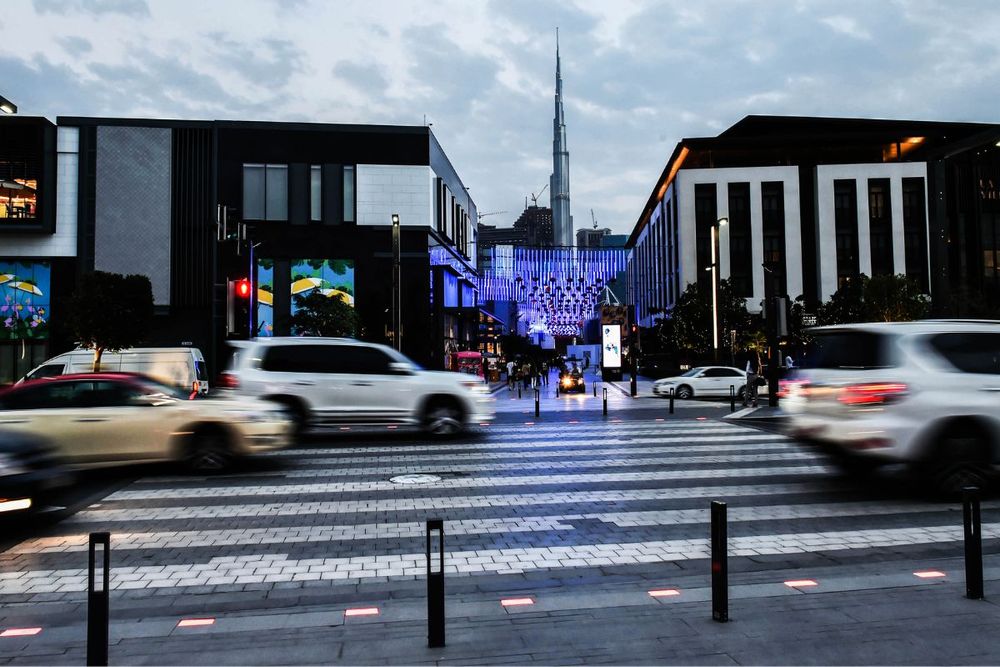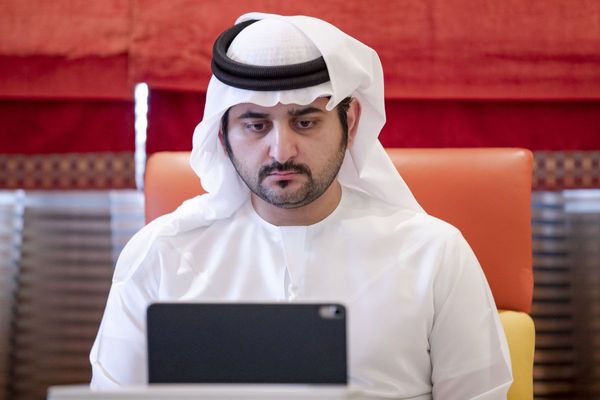Dubai's Roads and Transport Authority (RTA) has commenced the second phase of the Smart Pedestrian Signals project expansion in the emirate, incorporating 10 new sites, which will increase the total number of locations of the Smart Pedestrian Signal locations to 28 by 2024.
The launch of this phase follows the successful outcomes of the first phase, which involved the installation of smart pedestrian signals at various key locations throughout Dubai. The project’s Expansion demonstrates RTA’s commitment to utilising cutting-edge smart technologies and the Internet of Things to ensure seamless traffic management and enhance the safety of both pedestrians and motorists. This effort contributes to bolstering Dubai's ambitious vision of becoming a leading smart city and a global trailblazer in intelligent traffic systems.
“The Smart Pedestrian Signals technology is operated by a system reliant on sensors connected to a ground optical system synchronised with the signal’s light operation. It perceives the pedestrian movement on the pavement (before crossing the street) and on the pedestrian crossing (while crossing). This significantly enhances pedestrian safety while also boosting the efficiency of traffic light operations and ensures better management of signal timing,”
said Mohammed Al Ali, Director of Intelligent Traffic Management Department, Traffic and Roads Agency, RTA.
The system proved effective in improving pedestrian safety in cases involving those who require more time to cross, like elderly residents, people of determination, and individuals with luggage or pushchairs. Results showed that no pedestrian accidents occurred since the introduction of smart pedestrian signals, which confirms the effectiveness of the project in raising traffic safety at intersections. It also improved the vehicle flow by eliminating the pedestrian mode in case no pedestrians detected thus offering more time to motorists.
The selection of sites for installing smart pedestrian signals is guided by criteria set in coordination with strategic partners, highlighted by the proximity of pedestrian crossings to each other, the rate of pedestrian incidents at the signal, the street classification (speed limit, number of lanes in each direction), locations & distance to footbridges, and the road design.
News Source: Dubai Media Office









